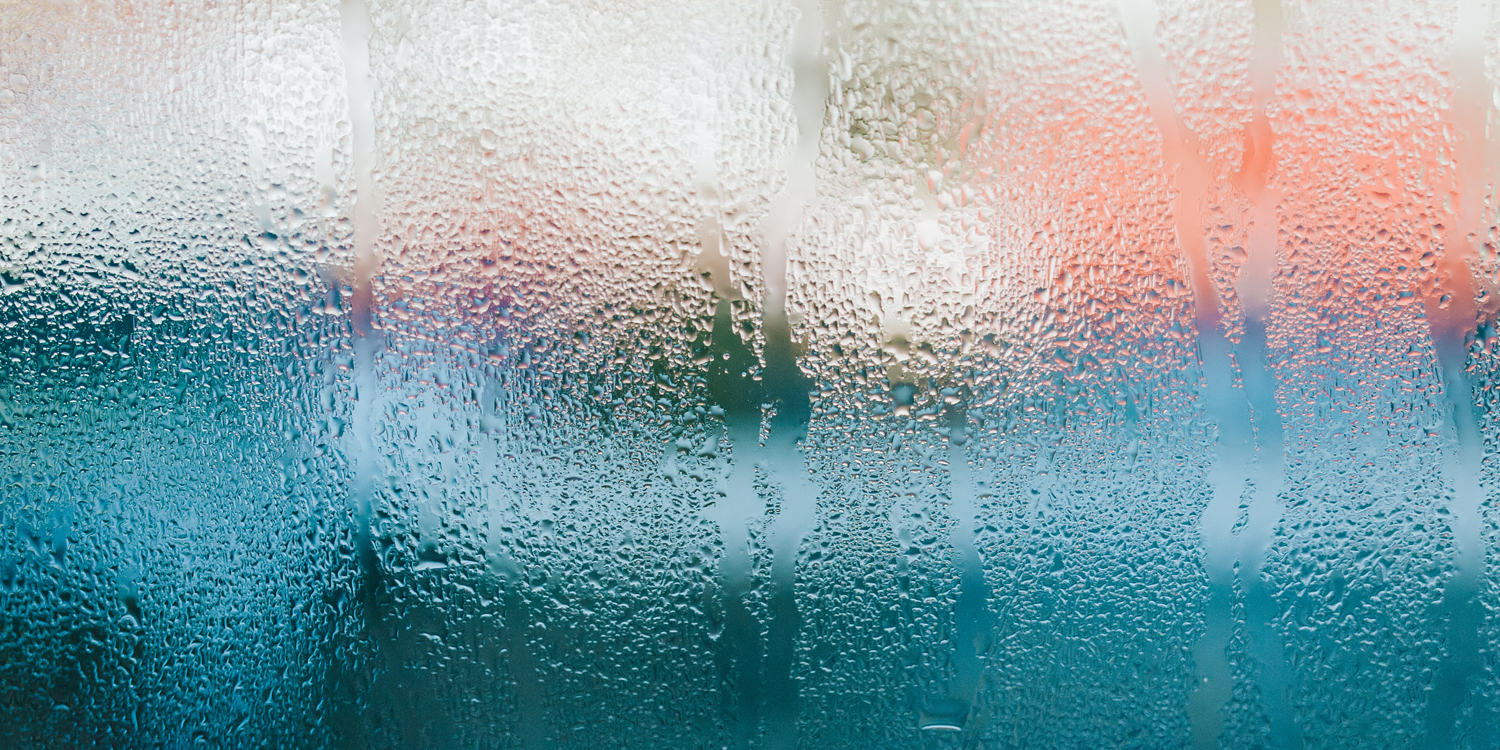According to an article recently published in the Journal of the American Association for Laboratory Animal Science (JAALAS), mechanical cage-washing is sufficient to prevent bacterial, viral, and protozoal pathogen transmissions.1 Furthermore, the research suggests that machine washing alone (without autoclaving) is adequate to eliminate contagious agents.1 So – let’s discuss the ways cage washing prevents disease transmission in your research program.
Multiple factors impact the elimination of contagious pathogens from research cages and surfaces. Some primary considerations are cage-wash temperature, physical removal of agents, and the chemicals or detergents used.
1. Temperature of Cage Washing Prevents Disease Transmission
Another recent study published in JAALAS confirmed that washing rodent IVCs at temperatures of 180°F is sufficient to decontaminate cages that house rodents infected with viruses.2 The study found that washing in that temperature range effectively removed the viruses MPV and MHV from the enclosures, preventing transmission to new mice.2 This approach also offers significant energy and cost-saving advantages over washing with higher temperatures.2
Furthermore, the research demonstrated that washing cages at a temperature of at least 110°F effectively prevents infection from a broad spectrum of murine infectious agents, including stable pinworm eggs.2 Overall, the study emphasizes the importance of proper water temperature for cage decontamination to maintain a healthy animal program.
Although the study provides promising results for low-temperature cage wash cycles, the researchers acknowledge the need for further studies with additional replications and optimization of costs and logistics.2 They recommend validating these findings on a facility-by-facility basis, considering the uniqueness of cagewash setups in different locations.2 Ultimately, the study highlights the potential benefits of low-temperature cage wash cycles, including cost savings and improved logistics, which could significantly influence animal facility sanitation and maintenance practices.2
2. Timing of Cage Washing Prevents Disease Transmission
The timing of cage wash procedures is also a crucial aspect of ensuring the successful sanitation of laboratory equipment and housing. Also, the same JAALAS article mentioned above highlights the significance of time in killing vegetative bacteria during the washing process.2 Experimental evidence from this study indicates that an adequate water temperature can effectively kill vegetative bacteria in seconds.2

By further understanding the impact of timing and temperature on killing bacteria, laboratories can ensure a more efficient and reliable decontamination process, ultimately enhancing research reproducibility and maintaining a safe and healthy environment for animal models.
3. Other Considerations: Waterflow, Pressure, and Detergents
According to the JAALAS article, Comparison of Low- and High-temperature Cage Wash Cycles for Sanitation of Rodent Housing Equipment in Research Facilities, proper attention to water flow, pressure, detergent use, and equipment loading is crucial for the successful decontamination of IVCs and other research equipment.3 Proper attention to equipment scraping, water spray jets, warm-up time, and loading placement are also important factors.2

Successful and Effective Occupational Health and Safety
A successful occupational health and safety program in any laboratory animal facility is critical for preventing disease transmission among workers and animals. Furthermore, a successful program should establish strict hygiene protocols and enforce proper personal protective equipment (PPE) usage, safe husbandry practices, and specific guidelines for sanitation. Regular training and education sessions also inform staff about disease risks, transmission routes, and the importance of adherence to safety measures.
Allentown Acquisition of BetterBuilt: Washing, Sterilization, Automation
The acquisition of BetterBuilt by Allentown presents an exciting opportunity for our customers to improve research outcomes through advanced cagewash technology. Our clients can benefit from Allentown’s expertise in integrating innovative washing and sterilization equipment in research facilities, providing a cost-effective and accessible solution for decontamination.
Additionally, the acquisition also brings the advantage of Allentown and BetterBuilt’s expertise in optimizing cage wash logistics and providing more support. By embracing the expertise of Allentown for service and solutions, our clients can better focus on their research objectives with confidence, knowing that their rodent housing equipment is safe and that their scientific experiments will yield accurate and reliable results.
References:
- Ritter, Amanda C, et al. “Mechanical Washing Prevents Transmission of Bacterial, Viral, and Protozoal Murine Pathogens from Cages.” Journal of the American Association for Laboratory Animal Science, vol. 62, no. 2, 2023, pp. 131–138, https://doi.org/10.30802/aalas-jaalas-22-000105.
- Ritter, Amanda C, et al. “Mechanical Washing Prevents Transmission of Bacterial, Viral, and Protozoal Murine Pathogens from Cages.” Journal of the American Association for Laboratory Animal Science, vol. 62, no. 2, 2023, pp. 131–138, https://doi.org/10.30802/aalas-jaalas-22-000105.
- Xu, Jiajie Jessica, et al. “Comparison of Low- and High-Temperature Cagewash Cycles for Sanitation of Rodent Housing Equipment in Research Facilities.” Journal of the American Association for Laboratory Animal Science, vol. 62, no. 1, 2023, pp. 48–54, https://doi.org/10.30802/aalas-jaalas-22-000088.

